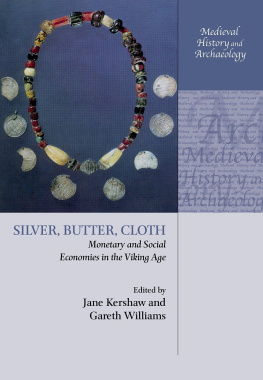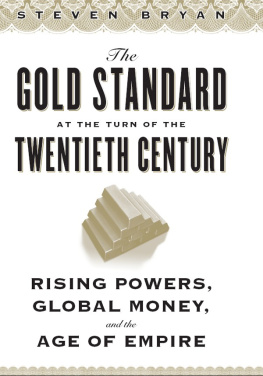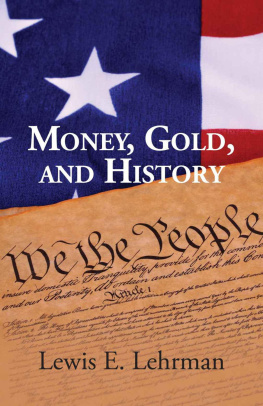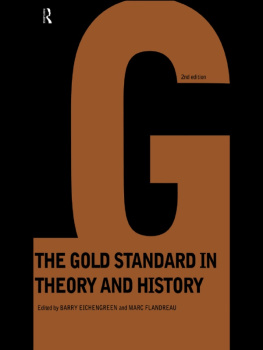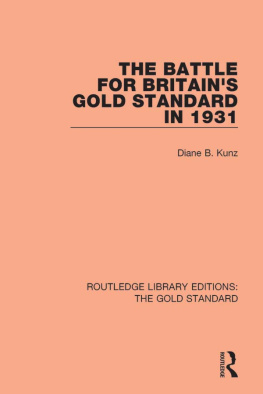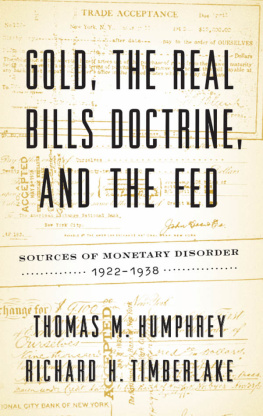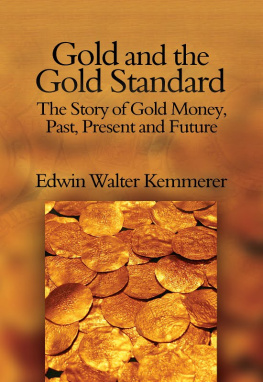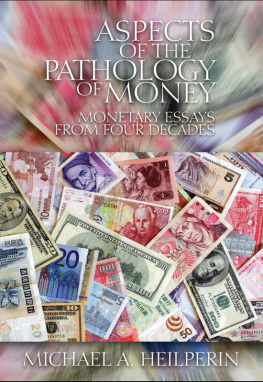Battles for the Standard
Modern Economic and Social History Series
General Editor: Derek H. Aldcroft
Titles in this series include:
Studies in the Interwar European Economy
Derek H. Aldcroft
Whatever Happened to Monetarism?
Economic Policy-Making and Social Learning in the United Kingdom since 1979
Michael J. Oliver
Disillusionment or New Opportunities?
The Changing Nature of Work in Offices, Glasgow 18801914
R. Guerriero Wilson
Raleigh and the British Bicycle Industry:
An Economic and Business History, 18701960
Roger Lloyd-Jones and M. J. Lewis
Gales: A Study in Brewing, Business and Family History
Barry Stapleton and James H. Thomas
The British Footwear Industry
Peter R. Mounfield
Trade Unions and the Economy: 18702000
Derek H. Aldcroft and Michael J. Oliver
The British Electronics Industry:
Innovation, Markets and Performance, 193097
John F. Wilson
The Seaside, Health and the Environment since 1850
John Hassan
Exchange Rate Regimes and Economic Policy in the Twentieth Century
edited by Ross Catterall and Derek H. Aldcroft
Battles for the Standard
Bimetallism and the spread of the gold standard in the nineteenth century
TED WILSON
First published 2000 by Ashgate Publishing
Reissued 2018 by Routledge
2 Park Square, Milton Park, Abingdon, Oxon, OX14 4RN
711 Third Avenue, New York, NY 10017, USA
Routledge is an imprint of the Taylor & Francis Group, an informa business
Copyright 2000 Ted Wilson.
The author has asserted his right under the Copyright, Designs and Patents Act, 1988, to be identified as the author of this work.
All rights reserved. No part of this book may be reprinted or reproduced or utilised in any form or by any electronic, mechanical, or other means, now known or hereafter invented, including photocopying and recording, or in any information storage or retrieval system, without permission in writing from the publishers.
Notice:
Product or corporate names may be trademarks or registered trademarks, and are used only for identification and explanation without intent to infringe.
Publishers Note
The publisher has gone to great lengths to ensure the quality of this reprint but points out that some imperfections in the original copies may be apparent.
Disclaimer
The publisher has made every effort to trace copyright holders and welcomes correspondence from those they have been unable to contact.
A Library of Congress record exists under LC control number: 00105497
Typeset by Manton Typesetters, Louth, Lincolnshire.
ISBN 13: 978-1-138-74195-9 (hbk)
ISBN 13: 978-1-315-18260-5 (ebk)
Contents
To Jan, Linz and Em.
Modern Economic and Social History Series
General Editors Preface
Economic and social history has been a flourishing subject of scholarly study during recent decades. Not only has the volume of literature increased enormously but the range of interest in time, space and subject matter has broadened considerably so that today there are many sub-branches of the subject which have developed considerable status in their own right.
One of the aims of this new series is to encourage the publication of scholarly monographs on any aspect of modern economic and social history. The geographical coverage is world-wide and contributions on non-British themes will be especially welcome. While emphasis will be placed on works embodying original research, it is also intended that the series should provide the opportunity to publish studies of a more general and thematic nature which offer a reappraisal or critical analysis of major issues of debate.
Derek H. Aldcroft
Manchester Metropolitan University
I would like to acknowledge the help of my colleagues John Hassan, Terry Wyke, Neville Kirk, John Wilson, Derek Aldcroft and Audrey Kaye for reading various sections of the work and making valued recommendations. I would like to thank Peter Cain for first suggesting the topic many years ago.
The aim of this book is to trace the development of bimetallism in the nineteenth century, before and during the period when the gold standard was expanding after about 1870. A major contention of the book is that the worldwide orthodoxy in the earlier nineteenth century consisted in bimetallism in its many variants, and that the international gold standard arrived as much out of default as by any deliberate course of actions either by states or individuals. The reason why the world, to use Kindlebergers phrase, stepped on to the gold standard after 1870, was essentially because of the many problems, some of them seemingly not understood at the time, which prevented the introduction of a statutory, international, bimetallic standard. Different states, because of their different economic histories and prospects, had widely differing views of the possibilities of introducing a bimetallic standard. In order to understand why this was so, it is necessary to examine briefly the cases of the major countries involved in the creation of the international gold standard in the nineteenth century: Britain, France, Germany, the United States, and India. By the 1870s there was a pressing need for a monetary regime which would enable countries around the world to trade more effectively with each other and hence a system ultimately emerged in the last quarter of the nineteenth century, despite the fact that the age also saw the development of resurgent nationalism and competitive imperialism. Yet most of experts and statesmen in the countries concerned were not in favour of standardisation based upon the gold standard and in some, notably in the United States, there was a rampant opposition to it. Though for much of the time the American government went along with the British, there was considerable friction between the two states which is still not fully understood. European governments appreciated the need for greater standardisation, especially the French, who have perhaps wrongly been seen as over-zealous bimetallists. The wider perception in Europe was that standardisation could only arrive if both the precious metals were to be included. The German decision to go on to the gold standard in 1872 was primarily to emulate Britain and to ease the path towards industrialisation, though even there there was much opposition to gold monometallism. India was eventually forced on to the gold standard by the British government but only at the very end of the nineteenth century and only after much debate and in-fighting both in Britain and in the sub-continent. Nevertheless India provides a good example of a peripheral economy during the age of the international gold standard and it was the problems associated with the Indian exchanges which led directly to study of the system and ultimately the devising of the gold exchange standard, the predominant form of the interwar period. Ironically the development of a bimetallic movement in Britain partly stemmed from the realisation that India could not remain on silver and maintain its position as an important trading partner of Europes.
Various arguments have been advanced in recent years to explain the spread of the gold standard. For example, Redish [1992] has argued that technological developments allowed monometallic systems such as the gold standard to become established by producing token coinage which could not easily be counterfeited. This book will seek to show that if this was the case, it was not understood at the time and therefore cannot be advanced to explain the spread of the system, as Redish does. Contemporay perceptions of the technical possibilities were at variance with Redishs account. Gallarotti (1994) has argued that there was a general international drift towards the gold standard after 1873 which he characterises in terms of chain gangs pulling towards British practice: states were panicked into adopting a gold system because of fears about the future of silver as a monetary commodity. This book is generally sympathetic towards this point of view though it differs in detail from Gallarotti. It seeks to show, however, that although there was such a drift the reasons for moving towards gold differed widely between countries, and that therefore there is still a need for deeper consideration of the special factors in each case.


